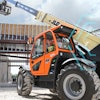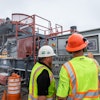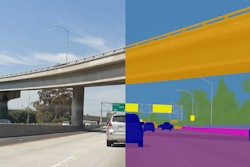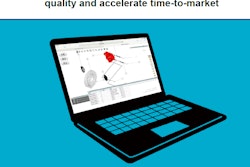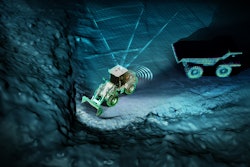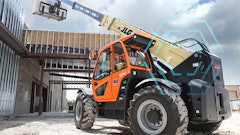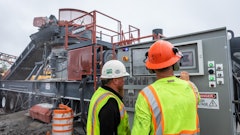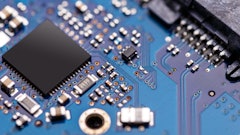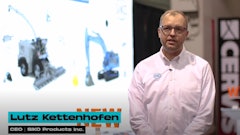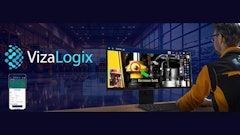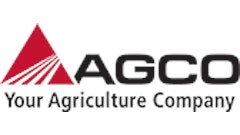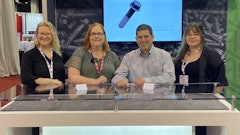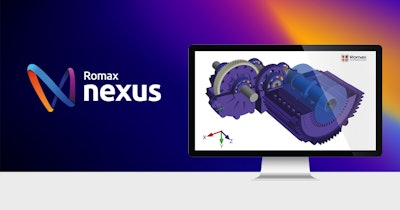
There are several driving factors in today’s manufacturing environment that motivate the Romax Nexus strategy. Some are timeless, while others are new and forcing companies (our customers) to adapt and be more creative. In the former category are the considerations of time to market, cost, and quality. These are interrelated, of course, as one needs a robust process with the right tools to bring something to market quickly in cost-effective fashion without risking quality and potentially incurring increased warranty cost that would hit the bottom line and affect brand value. In the latter category are trends in technology that are driven by factors ranging from government regulation to consumer demand, and in this bucket reside the waves of electrification and autonomy.
CAE technology, when properly selected and deployed, generally plays well to the timeless factors. However, it takes a special solution to address the unique needs associated with systems engineering for cutting-edge applications in electrification and autonomy. While autonomy is a topic Romax plans to explore, it is primarily concerned with agile, end-to-end development of electrified powertrains, and this is not exclusively focused on the automotive industry. Across the board, companies seek to leverage electrification to provide improved performance, lower environmental impact, and meet regulatory requirements, among other objectives. It already sees a great deal of activity in automotive, aerospace, off-highway, mining, and other sectors, and momentum is building. Enter Romax Nexus.
Nexus offers a flexible, workflow-and attribute-oriented software platform that blends desktop and cloud solution technologies. The inherent flexibility of this process-oriented solution lends itself to being adapted to suit any flavor of product development, and hence Nexus is broadly applicable and customizable. Nexus changes the way our customers, new and old, collaborate by breaking down silos between organizations and facilitating the systems engineering required for robust virtual development of the advanced electro-mechanical systems of tomorrow. Cross-attribute optimization enabled by Nexus plays to each stakeholder’s workflow of interest and is a catalyst for productivity and innovation; this is accomplished by sharing of data at just the right level of abstraction for each player in the development process without any dumbing down of the physics. While Romax has a rich history in the traditional mechanical drivetrain space and continues to thrive there, the Nexus platform makes available all of the tried-and-true physics, along with more cutting-edge methods, to an even broader audience … it serves as hub of both simulation and innovation.
The Nexus platform was developed in collaboration with key customers, partners, and industry thought-leaders to cater to the development processes of today and tomorrow. Future development will focus on how best to capitalize on cloud technology and improve collaboration, not just within a given company but also throughout the supply chain. There is no question that Nexus is a game-changer when it comes to delivering just what our customers need to accomplish their development goals for the next generation of propulsion systems. Add to Nexus the robust partner ecosystem that surrounds Romax and there can be no doubt that partnering with Romax is the right choice for any manufacturing firm interested in taking its product development to the next level.

